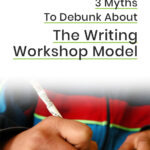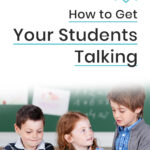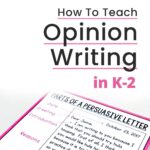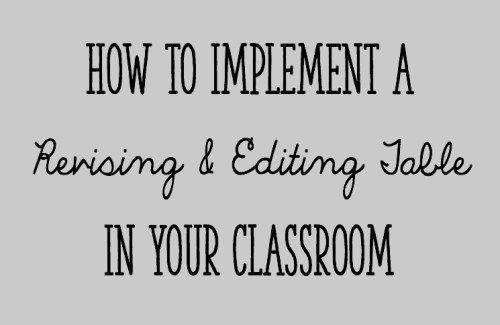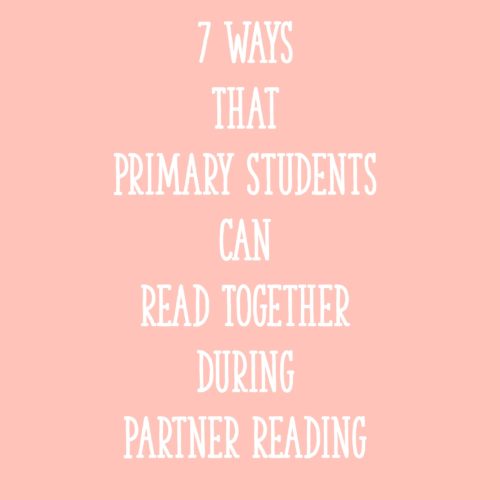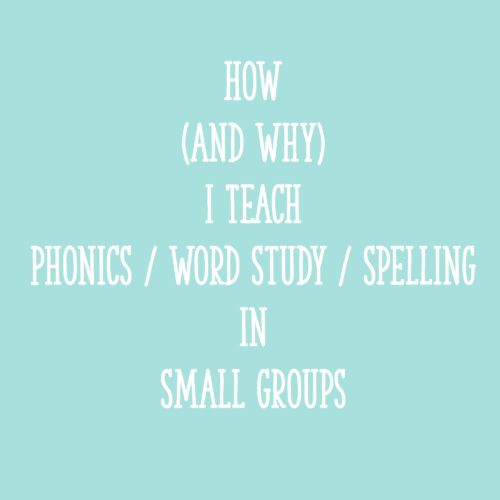If your principal announced at the next staff meeting that you would be required to implement reading workshop, starting next week, would you…
- Jump for joy? Or
- Run screaming out of the staff room? ?
If you’re a “B,” pump those brakes, my teacher friend!
Reading workshop ISN’T as scary or complicated as it might sound. (The workshop model is actually pretty simple!)
However, I know that, at first glance, implementing reading workshop can seem intimidating.
Maybe you’re not quite sure what reading workshop is…or how it really fits in a K-2 classroom.
So in today’s post, I’m going to dispel five myths about reading workshop!
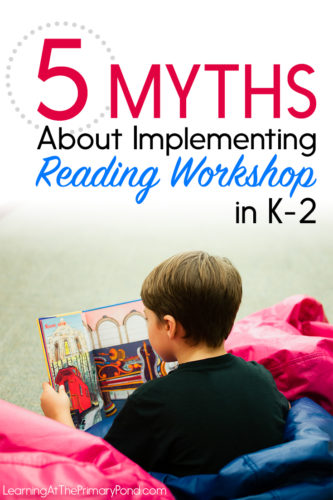
Myth #1: Reading workshop takes up a ton of time!
In my experience, this simply isn’t true! For example, when I was teaching Kindergarten, our entire reading workshop was 30 minutes or less!
I’d start with a 5-10 minute mini-lesson, followed by 5 minutes of independent reading, and then 5-10 minutes of partner reading (which you could even omit!). We wrapped things up with a brief sharing time.
You CAN implement reading workshop in only 20-30 minutes! And that mini-lesson and independent reading time will still make a big impact on your students’ learning.
Myth #2: You can’t do reading workshop with kids who can’t read yet.
Yep, you read the first myth correctly — I said I used reading workshop when I taught KINDERGARTEN!
Maybe you thought, “Um, hello…not all children can read in Kindergarten, Alison!”
And, okay, you got me there.
BUT – just because a student can’t read doesn’t mean they can’t engage with a book! Our little ones need to learn how to look at the pictures carefully, focus on one book at a time…all those things that happen during independent reading time.
And if your students can’t read yet, you can explicitly teach them how to look at the pictures, make up their own story from the illustrations, or use a book they know to retell a story (repetitive fairytales are great for this).
There are SO many things that we can do with our pre-readers to help them develop a love of books and grow some basic reading stamina!
Myth #3: You can’t do reading workshop AND centers.
I’ve talked with many teachers who are trying to choose between centers (or Daily 5) and workshop. And I say…why choose?!
As I mentioned in Myth #1, reading workshop can be done in a relatively short amount of time. You can do it before or after your centers / Daily 5.
I do realize, however, that this depends on your schedule. Some teachers truly may not have time to do both.
But the reason why I think it IS valuable to do both has to do with students’ reading time.
In the centers / Daily 5 model, students may all be doing different activities at once. Students who are reading independently may become distracted by noisier partner games and other activities going on in the classroom.
On the other hand, during reading workshop, the WHOLE class can read at the same time. Even if it’s just for 5-15 minutes, students are all reading, and all (relatively) quiet. Some kids really need that calm atmosphere in order to focus.
Myth #4: Reading workshop = no guided reading.
I’ve also spoken to teachers who are trying to choose between reading workshop and guided reading. They’ve heard that reading workshop involves only one-on-one conferences with students.
But guess what?
One size does NOT fit all! You can make reading workshop your own. Reading workshop gives you the flexibility to make decisions based upon your class size, students’ needs, and schedule.
I believe that a combination of small group instruction and one-on-one instruction is most beneficial for students. Since I do centers at another time of the literacy block, I pull small groups during that time. During our (short) independent reading time that’s part of reading workshop, I do one-on-one conferences.
Even if you don’t have a separate centers or Daily 5 time, maybe you do a few small groups each day, followed by a couple of one-on-one conferences.
Click HERE for more ideas about balancing both types of instruction.
Myth #5: Reading workshop means only silent, independent reading.
While I do think having 5-10 minutes of whisper-reading or independent-reading is important – that’s not ALL that reading workshop is.
In fact, social interaction is — in my opinion — one of the most important parts of reading workshop!
Students can partner read, talk with a peer about what they’ve read independently, or even do some reading projects together.
This is incredibly motivating to students, and it encourages them to read MORE!
As adults, we tell our families, friends, and colleagues about what we read — and students should have those same opportunities.
Reading workshop is about so much more than “silent,” independent reading!
Conclusions
Have I inspired you to re-think reading workshop at all? I hope so, because I really believe in it!
Implementing reading workshop helps us prioritize student reading time. And more reading time is strongly correlated with higher reading achievement!
But if you still have some doubts or confusion about what reading workshop is — and how to implement it — I’d like to invite you to sign up for my free webinar.
It’s a recording that I show regularly because it’s been so popular! In the video, I walk you through exactly how to implement reading workshop in your K-2 classroom.
You can sign up for free HERE!
Happy teaching!

